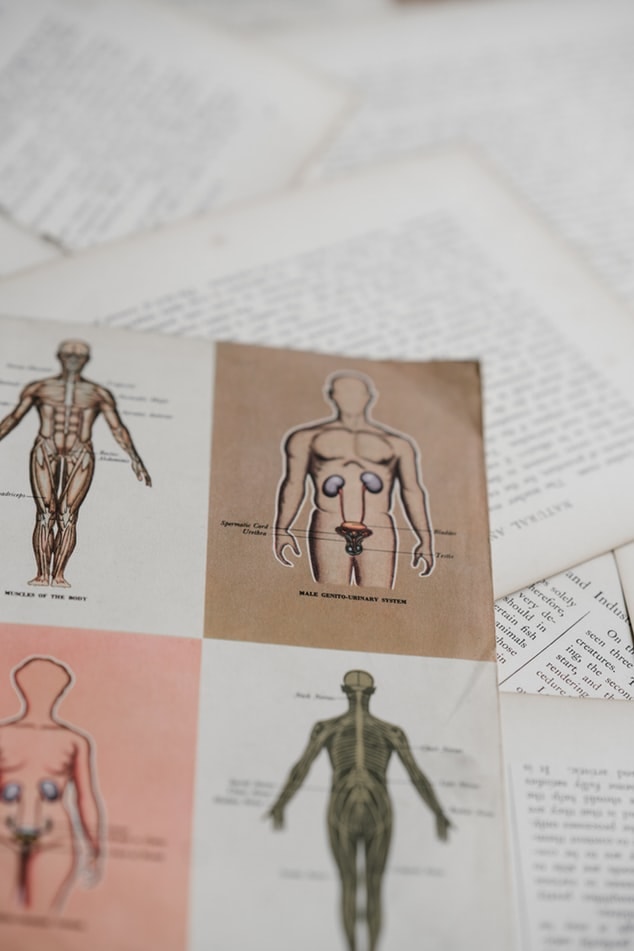An ultrasound is sometimes called a sonogram because it is a piece of machinery that develops images using sound waves. In essence, the machine creates the kind of images a bat might see since these creatures also use sound waves to ‘see’ where they are going. The device uses a transducer to emit high-frequency sounds that people won’t hear to create an image, so don’t worry about it bothering you during the ultrasound.
Now that you know a little more about it, here are seven things you need to look for before and during your ultrasound procedure.

Understanding the Type of Ultrasound
One of the best things about ultrasounds is that they are non-invasive. It is an effective way for doctors to discover things about a patient without cutting into the skin.
We doubt that anyone would prefer a more invasive procedure. There are a number of types of ultrasounds, and you should learn which one is being used on you. The following are some of the ones used:
Conventional
This is perhaps one of the most common types. It is the type of ultrasound that produces 2D images of areas that are pretty thin or flat. Most people know this type of ultrasound because it is the one used by expecting mothers to see their unborn child.
3D Images
Today’s 3D imaging allows ultrasound experts to give people a more realistic image of what is happening inside the body.
3D ultrasound images use regular sound wave data and converts it into images that can be explored in more detail. Those who want a more precise examination should make sure they are getting this kind of ultrasound.
The Doppler Ultrasound
There are three types of Doppler ultrasound procedures, and they are done to examine movement within the body. This is usually used to examine blood flow, and for people with regular blood flow, the Color Doppler is sufficient.
People who have sluggish blood flow will likely need a Power Doppler ultrasound. Spectral Doppler ultrasound examinations can determine blood flow speed and how it is affected by our heartbeat.

READ MORE: THE BENEFITS OF FREE CORD BLOOD BANKING
Should You Prepare?
The next thing you have to make sure you do is learn if there is anything you can do to make the process easier for the technician. This means preparing before you even start the procedure so that it is not delayed during the visit.
Keep in mind that sometimes you end up paying more the longer you have to stay. Most of the time, the only thing you have to do to prepare is to wear loose clothes that you can easily remove.
It may also be a good idea to remove all jewelry that is near or on the area to be examined. Make sure you follow additional directions, like avoiding food for 12 hours before the exam or drinking at least six glasses of water a few hours before the sonography.
Learn About the Cost
It would be nice to be able to go to a medical-related visitation and not worry about cost, but that is simply not the case. You don’t want the price of this examination to weigh on you during the exam. Stress can slow down the examination simply because the technician is going to have to spend time working on reducing that stress.
It is best to be upfront, and ask about the ultrasound machine cost among other things. All financial concerns should be cleared up before you continue on.

READ MORE: WHEN IS OVULATION: MODERN FERTILITY TOOLS FOR TRACKING
Unforeseen Limitations to Worry About
Ultrasounds are very important and helpful, but they do not come without their limitations.
Those who really want to make sure they understand these results must also understand the device’s limitations, and you can ask your technician about that. For one, sound waves can’t capture images too effectively through dense bone material or areas where there is a lot of gas or air stored.
It should also be pointed out that ultrasound images have a hard time seeing through large masses, so people suffering from obesity may not get the best results. Ask these questions so that you know how much you can rely on the results.
What Might You Experience?
One thing that may be important to find out is what you might experience during this exam. For the most part, these exams are painless, but that does not mean it is impossible to feel some discomfort.
For example, if the area that needs to be examined is sensitive, then there may be a little discomfort. Also, if the area that needs to be examined forces you to position your body in an awkward position, then you’ll feel a little discomfort. Thankfully, these exams are over quickly.

A Tad More Unconventional
There are a few things that don’t always happen but could, and you should know about these instances as well.
For example, sometimes, kids are sedated to go through this procedure if they are having trouble staying still. This rarely happens, but if it does, make sure this sedation is safe.
Be sure to find out how to make ultrasound exams that require insertion a little more comfortable. These include the following:
- Transesophageal echocardiogram is where the transducer is inserted into the esophagus.
- Transretal ultrasounds focus on the inside of a man’s rectum.
- Transvaginal ultrasounds involves the device being inserted into a woman’s vagina.

Ask Away During the Procedure
The images show up on a screen, and most of the time, the patient can see those images. Things are going to look a little strange, and this could cause unnecessary stress. There is no need to feel like this because the technician is there to clarify everything that is being seen on the screen, from organs to abnormalities. It is okay to ask questions about what you are seeing during the examination.
Following an ultrasound the tech generally writes a report for the doctor and you must follow up with your doctor for the official results. Generally, however, the ultrasound tech can tell you if there is any cause for concern. Hopefully, this information makes ultrasound exams easier to understand and undergo.
WANT TO READ MORE?
Check out this article on THE TRUTH ABOUT LABOR AND DELIVERY: EVERYONE POOPS.










































